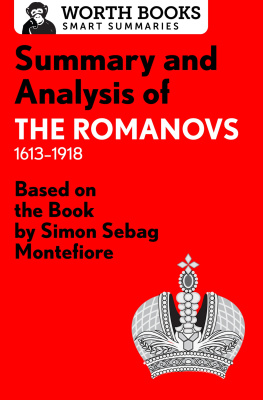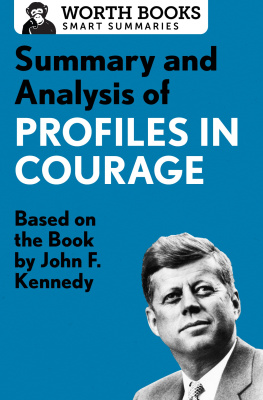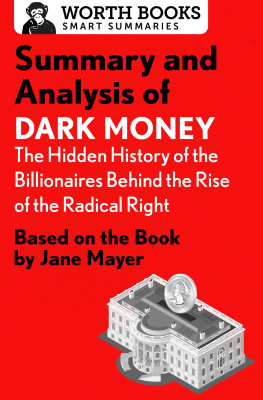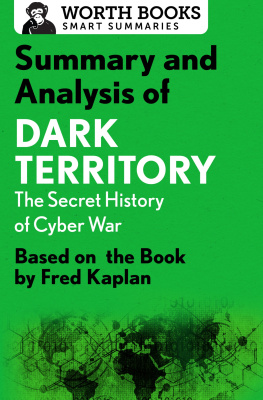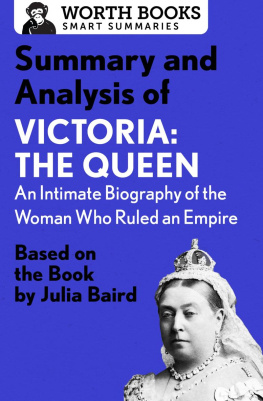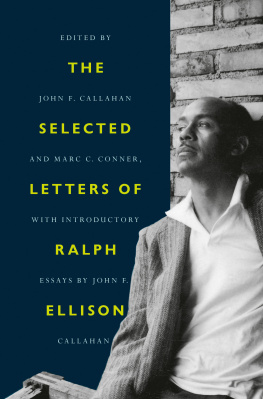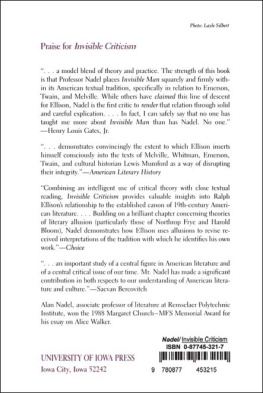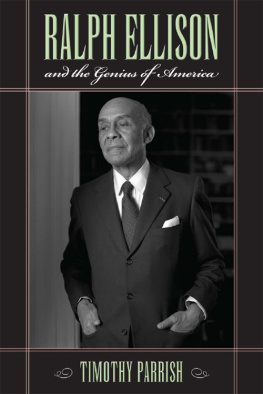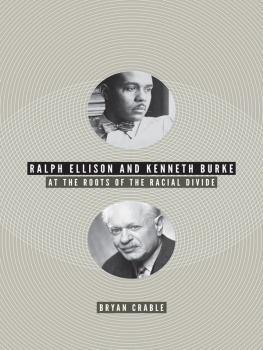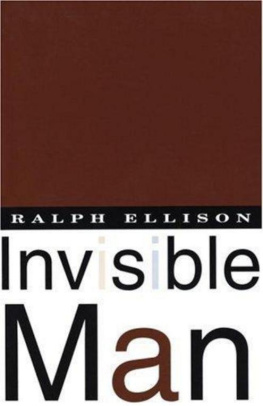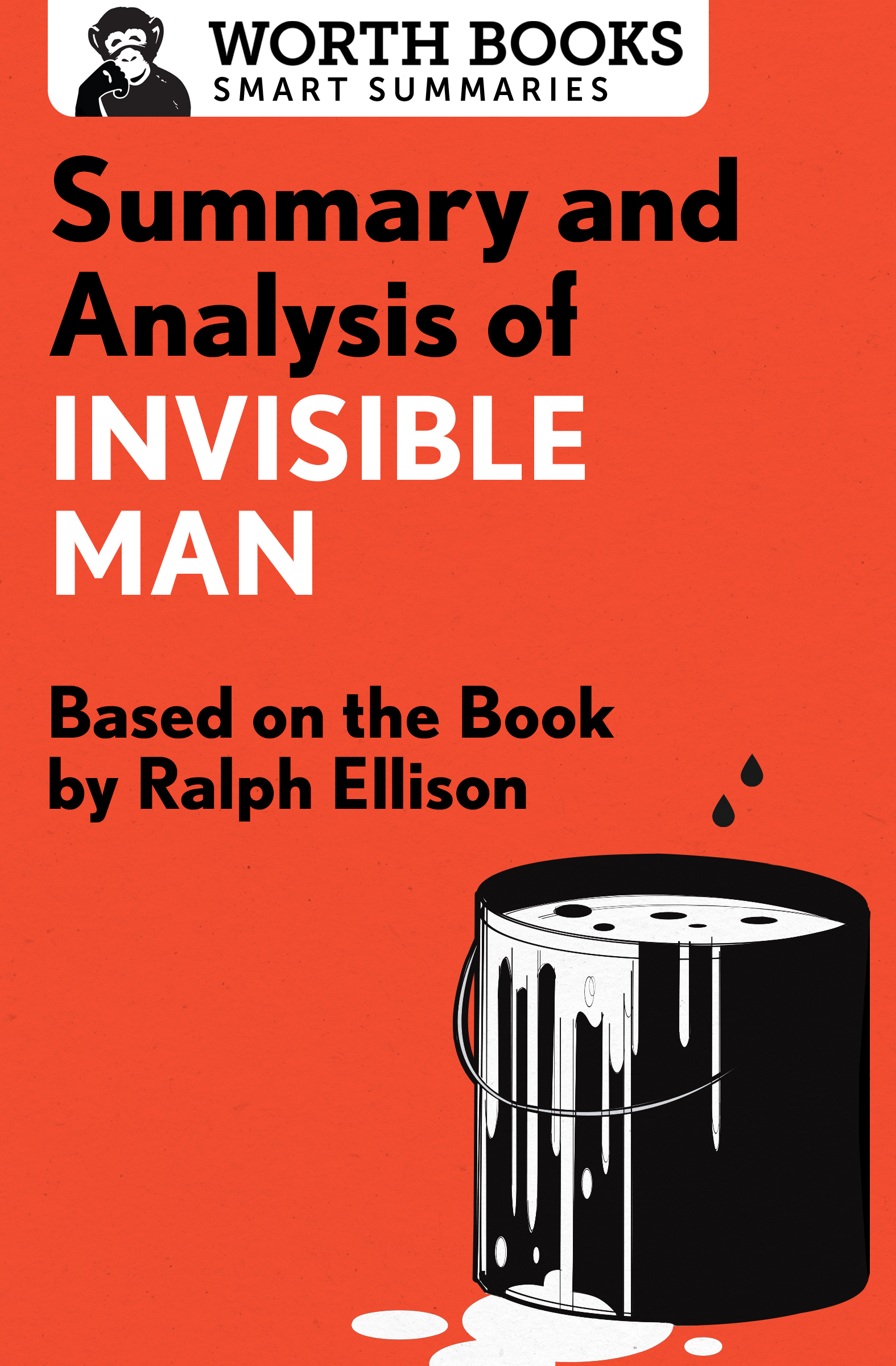Summary and Analysis of
Invisible Man
Based on the Book by Ralph Ellison

Contents
Context
Ralph Ellisons classic work was published at a unique point in American history. The civil rights era, which ran roughly from 1950 to 1963, was the response to more than 300 years of oppression of people of African origin. The practice of slavery in the American colonies began in 1619, when Africans were brought to Jamestown, Virginia, as indentured servants to work on farms. Through municipal customs, such as wills and deeds, and then by law, slavery emerged as not only an economic force but an institution.
The foundations for racism sit largely with the perception that black people in America were almost exclusively associated with servitude, while white people were associated with power and liberty. People of color, largely from Africa and the surrounding islands, became easier to oppress, for, unlike the indigenous American Indians, they were alienated and prevented from any sort of organizing that would equip them for mass liberation.
President Abraham Lincoln signed the Emancipation Proclamation in 1863, freeing three million slaves, but the practicalities of living free in America were far more complicated. With nowhere to go and no means of supporting themselvesthey didnt own propertyformer slaves were legally free, but economically, they were still very much in servitude. By the time the Proclamation was signed, the association of blackness with inferiority was firmly established.
Enter the Jim Crow laws. These laws and social practices were named for a popular white minstrel show performers character Jim Crow, an insidious caricature of a bumbling, obsequious, dimwitted black man. The laws themselves cemented the idea of racial inferiority by actively oppressing blacks. From denying blacks mortgages to access to education, Jim Crow laws created a new form of legal segregation. Despite the ratification of the 14th Amendment to the US Constitution in 1868which granted black men full citizenship, the right to vote, hold public offices, serve on juries, and equal protection under the lawlittle genuine improvement occurred. African American citizens were both invisible in society and legally discriminated against.
It was in this socio-political environment that Ralph Ellison was raised. Born in 1913 in Oklahoma, the grandson of slaves, Ellison fell in love with music and attended the Tuskegee Institute in Alabama with an eye toward a career as a jazz musician. The Institute, one of the most famous and respected black colleges, served as the model for Ellisons narrators college in Invisible Man .
Ellison moved to Harlem in New York City to earn money to pay his tuition. He began working at the Federal Writers Project, which brought him into contact with some of the most formidable writers of the day, including Richard Wright and Langston Hughes. The federal government funded the project as part of the Works Progress Administration, which supported writers and writing. Ellison began publishing articles and reviews, but eventually left to edit the Negro Quarterly for a year before enlisting in the Merchant Marines during World War II.
After the war, Ellison won the Rosenwald fellowship, which supported his writing of Invisible Man . The first chapter was published in the 1948 volume of the Magazine of the Year .
The post-war period, one of triumph and growth for the United States, was one of equally intense oppression for black Americans. From the deep South, where Invisible Man is initially set, to Harlem, a cultural oasis for blacks, Invisible Man holds a mirror up to American racism.
Set in the precivil rights era, when Jim Crow was fully ingrained in American culture, Ellisons classic work immerses the reader in a world structured and inhabited by inveterate racism. The result is a deeply absorbing account of living adrift as a black person in the United States.
Overview
Invisible Man won the National Book Award in 1953. In his acceptance speech, Ellison declared that the significance of the novel included the attempt to return to the mood of personal moral responsibility for democracy which typified the best of our nineteenth-century fiction. That would involve experimental jazz-like prose that confronted the inequalities and brutalities of our society forthrightly, but yet thrusting forth its images of hope, human fraternity, and individual self-realization.
In a 1955 Paris Review interview, Ellison was asked if literature about the black experience had provincial appeal because it was concerned with a minority. To this he responded, The universal in the noveland isnt that what were all clamoring for these days?is reached only through the depiction of the specific man in a specific circumstance.
It is largely within this conceptual framework that Invisible Man tells its story. The narrator, who is never named, immediately tells the reader what its like to be socially and politically invisible. Stripped of their cultural identities because of slavery, twentieth-century black Americans, like the narrator, are alienated from their ancestral heritage but also from what should be their birthright as US citizens.
The narrator embarks on an existential quest to find his identity. He attends a historically black college, works at a menial job, participates in revolutionary movements and religious exploration, and engages in romantic liaisons, none of which can create meaning when ones humanity is denied. The narrators decision to go undergroundfrom which he chooses to emerge at the end of the novelis a decision to make literal his invisibility. It is only then that he can confront himself as a single individual, as one who is alone in his subjectivity and solely responsible for his choices.
When we first meet the narrator, he is hiding out underground, in the coal cellar of a whites-only apartment building. From below the surface, he tells his story.
He began as a pliant, model black boy. Polite, grateful, and outwardly modest about his dreams, the boy discovers he is a gifted public speaker. Invited to give a speech to leading white men in the town, the narrator is rewarded with a scholarship to a prestigious black college. First, however, he must be humiliatedrewards are not free.
Several years later, the narrator is at the black college. Assigned to chauffer a white trustee, things go awry, and the narrator is expelled. He is sent to New York City with letters of recommendation, which, he ultimately learns, are just the opposite.
Initially enthralled with life in Harlem, which appears to be a bastion of freedom for black people, the narrator soon learns that things are not all that they appear to be. After nearly being killed in an explosion at the paint factory where he works, the narrator is taken to the factory hospital, where he is subsequently the subject of experimentation at the hands of the hospitals white doctors.
The narrator finds refuge with a kind black woman who takes care of him. However, he yearns to make something of himself. When he is overheard giving an impassioned speech to stop an elderly couple from being evicted from their apartment, he is offered a job as a spokesman with an organization called the Brotherhood.
Ostensibly, the Brotherhoods mission is to protect and promote the rights of the oppressed. After being trained for the job, the narrator is dispatched to Harlem, where he meets youth organizer Tod Clifton. He also meets Ras the Exhorter, a black nationalist and advocate for separatism.


